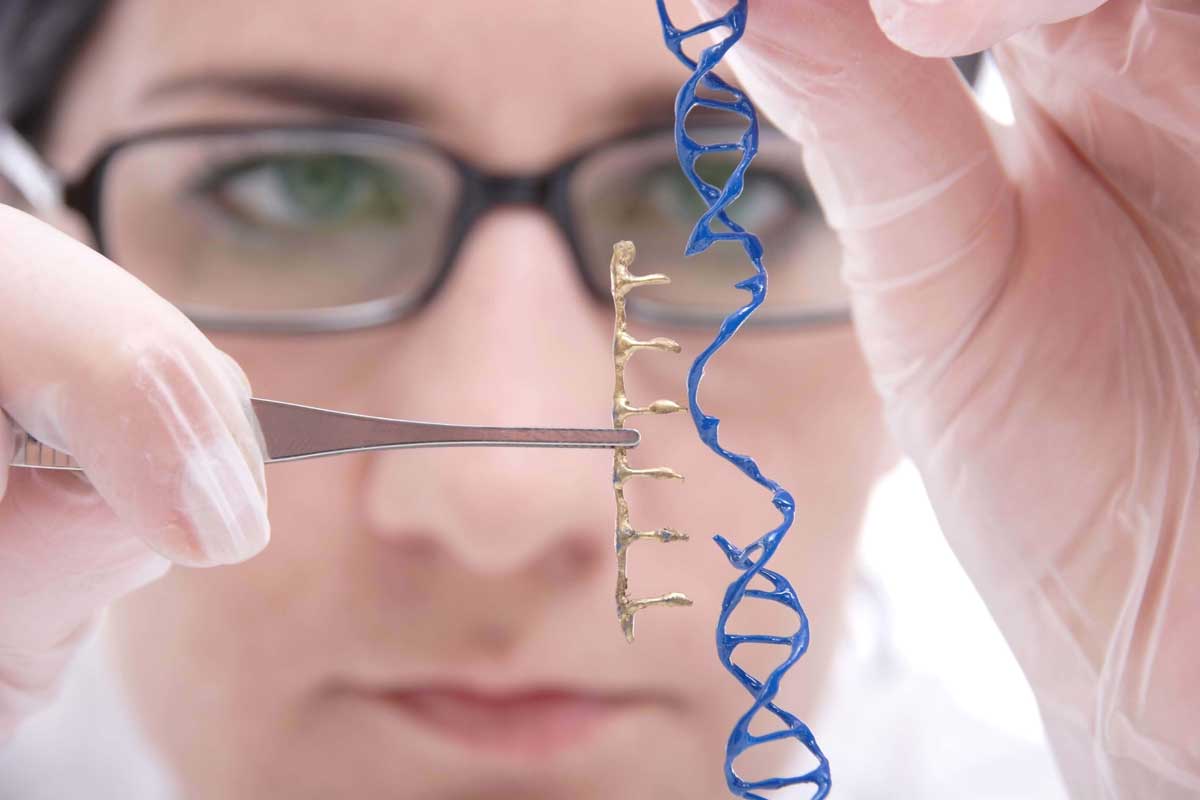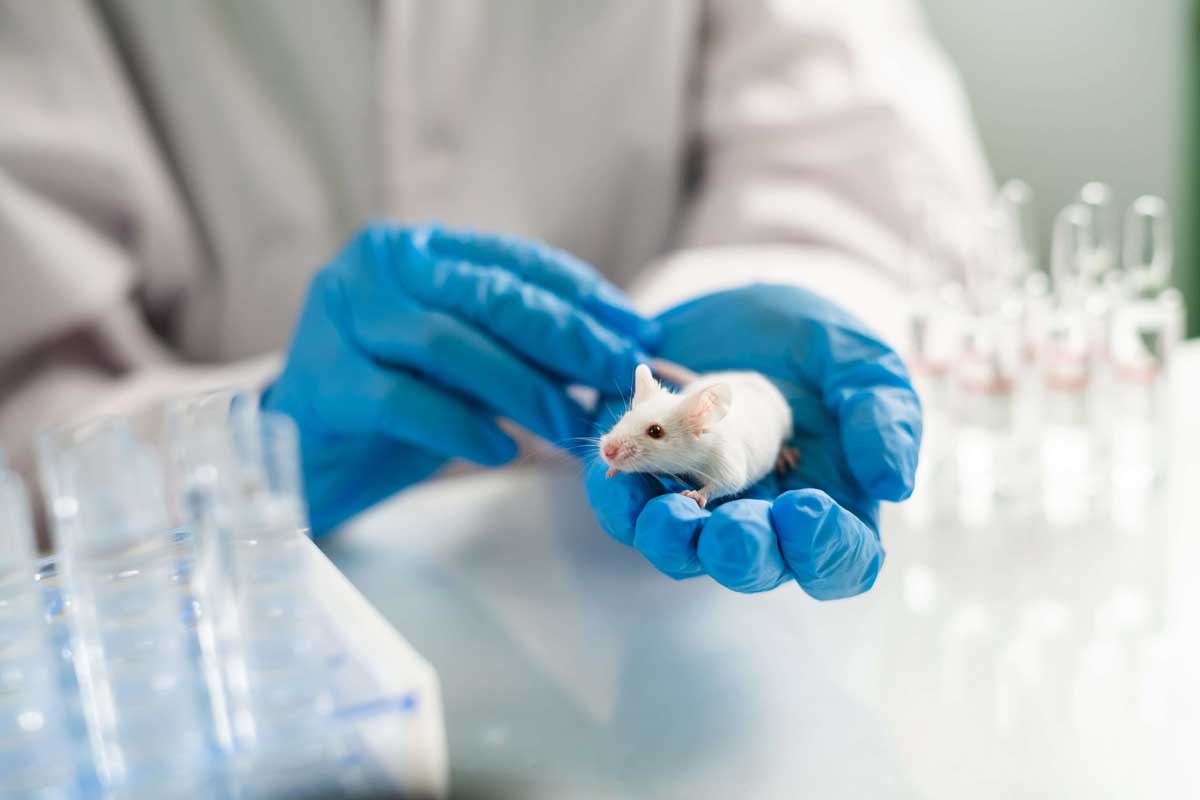In the realm of medical research, preclinical studies serve as the vital gateway to understanding diseases and developing effective treatments. Central to this process is the strategic selection and utilization of appropriate disease models. In this article, we embark on an illuminating journey, delving into the diverse preclinical models available for studying specific diseases, including cancer, neurodegenerative disorders, cardiovascular diseases, and infectious diseases. By harnessing the power of these models, researchers gain invaluable insights into disease mechanisms, test potential therapies, and pave the way for successful clinical trials that hold the promise of saving lives.
Unraveling the Complexity of Cancer: Within the realm of cancer research, preclinical models shine as beacons of hope. Let us explore three prominent models that researchers employ to unravel the intricate nature of this disease.
Cell Line Models: Peering into the molecular machinery of cancer, scientists harness cancer cell lines to conduct initial drug screening and unlock the secrets of crucial molecular pathways.
Xenograft Models: To simulate the complexities of human tumors, researchers graft human cancer cells or patient-derived xenografts into immunocompromised mice. This approach allows them to study the growth, metastasis, and response to various therapies, propelling our understanding of tumor biology.
Genetically Engineered Mouse Models (GEMMs): Armed with genetic modifications, GEMMs provide researchers with unique opportunities to mimic specific cancer-associated mutations. These models illuminate the complex journey from tumor initiation to progression, thereby enabling the exploration of innovative therapeutic interventions.
Diving into the Depths of Neurodegenerative Disorders: In our quest to conquer neurodegenerative disorders, preclinical models emerge as indispensable allies. Let us dive into two noteworthy models that have paved the way for groundbreaking discoveries.
Transgenic Animal Models: By expressing disease-associated mutations, such as APP or tau in Alzheimer’s disease and α-synuclein in Parkinson’s disease, transgenic animal models offer unparalleled insights into the pathological underpinnings of these debilitating disorders.
Induced Animal Models: With ingenious chemical or surgical interventions, researchers recreate specific aspects of neurodegenerative diseases like Huntington’s or Parkinson’s disease. This approach allows them to unravel the intricacies of disease progression, bringing us closer to effective treatments.
Unveiling the Mysteries of Cardiovascular Diseases: Cardiovascular diseases, the leading cause of global morbidity and mortality, command intense scrutiny in the world of preclinical research. Let us shine a light on three remarkable models used to decipher the enigmas of these conditions.
Hypertensive Animal Models: By inducing hypertension in animal subjects, researchers delve into the underlying mechanisms of cardiovascular diseases such as hypertension-induced heart failure or atherosclerosis. These models unlock critical insights into disease progression, paving the way for targeted therapeutic interventions.
Myocardial Infarction Models: By meticulously mimicking heart attacks through surgical or chemical means, scientists embark on a transformative journey into the world of tissue repair, cardiac remodeling, and potential therapeutic breakthroughs.
Hyperlipidemia Models: In the quest to understand dyslipidemia-related cardiovascular diseases, researchers employ genetically modified mice or dietary interventions to induce hyperlipidemia. These models provide invaluable insights into conditions like atherosclerosis, shaping future therapeutic strategies.
Cracking the Code of Infectious Diseases: Infectious diseases continue to pose significant global challenges, demanding swift and effective solutions. Here, two preclinical models rise to the forefront, empowering researchers to combat these relentless adversaries.
Animal Models of Viral Infections: To decode the complexities of viral diseases, researchers employ animal models that emulate human infection scenarios. These models provide indispensable insights into disease progression, immune responses, and the development of novel antiviral therapies.
Rodent Models of Bacterial Infections: By meticulously studying host-pathogen interactions and immunological responses, rodent models of bacterial infections play a pivotal role in the development of innovative antibacterial approaches. These models propel us closer to conquering bacterial adversaries.
Pushing the Boundaries in India: In India, preclinical research stands as a driving force in the development of effective treatments for various diseases. However, the ethical considerations surrounding animal models have sparked a lively debate. In recent years, the scientific community has turned its gaze towards developing human disease models, such as organoids and induced pluripotent stem cells (iPSCs) or human iPSC derived cell lines, to overcome these concerns and usher in a new era of medical research.
Empowering Indian Biomedical Research: Futuristic Preclinical Models by GV Research Platform
At GV Research Platform, we are driven by a shared vision—a vision of a future where cutting-edge preclinical models seamlessly align with ethical considerations, propelling us towards unprecedented breakthroughs. Our mission is to equip researchers with the tools they need to embark on transformative journeys of discovery, knowing that each step they take brings us closer to alleviating human suffering and improving lives.
We are at the forefront of this transformative era and GV Research Platform emerges as a catalyst for groundbreaking innovation within the Indian biomedical community. We are committed to bringing futuristic preclinical models to the fingertips of researchers, empowering them to unlock the mysteries of disease with unparalleled precision and ethical integrity.
We offer a diverse array of preclinical models, including genetically engineered mouse models (GEMMs) meticulously crafted to mirror specific cancer-associated mutations. These models pave the way for revolutionary insights into tumor initiation, progression, and personalized treatment approaches. We provide access to unraveling the disease mechanisms using organoids and patient derived xenografts models to propel your research.
As we forge ahead, we recognize the transformative potential of human induced pluripotent stem cells (iPSCs) and the remarkable array of cell lines derived from them. Imagine the power to study diseases using human iPSC-derived cardiomyocytes, hepatocytes, and neurons, mimicking human physiology with remarkable accuracy. These tools hold the key to understanding disease mechanisms and accelerating the development of safe and effective treatments.
The world of preclinical research is swarmed with diverse and dynamic models that empower scientists to unravel the mysteries of disease. From cancer to neurodegenerative disorders, cardiovascular diseases, and infectious diseases, these models provide invaluable insights into disease mechanisms, test potential therapies, and set the stage for successful clinical trials.
Join us in this remarkable endeavor as we embrace the possibilities, reimagine the boundaries, and accelerate the pace of medical research in India. Together, let us unlock the doors to innovation and shape a brighter future for healthcare.















